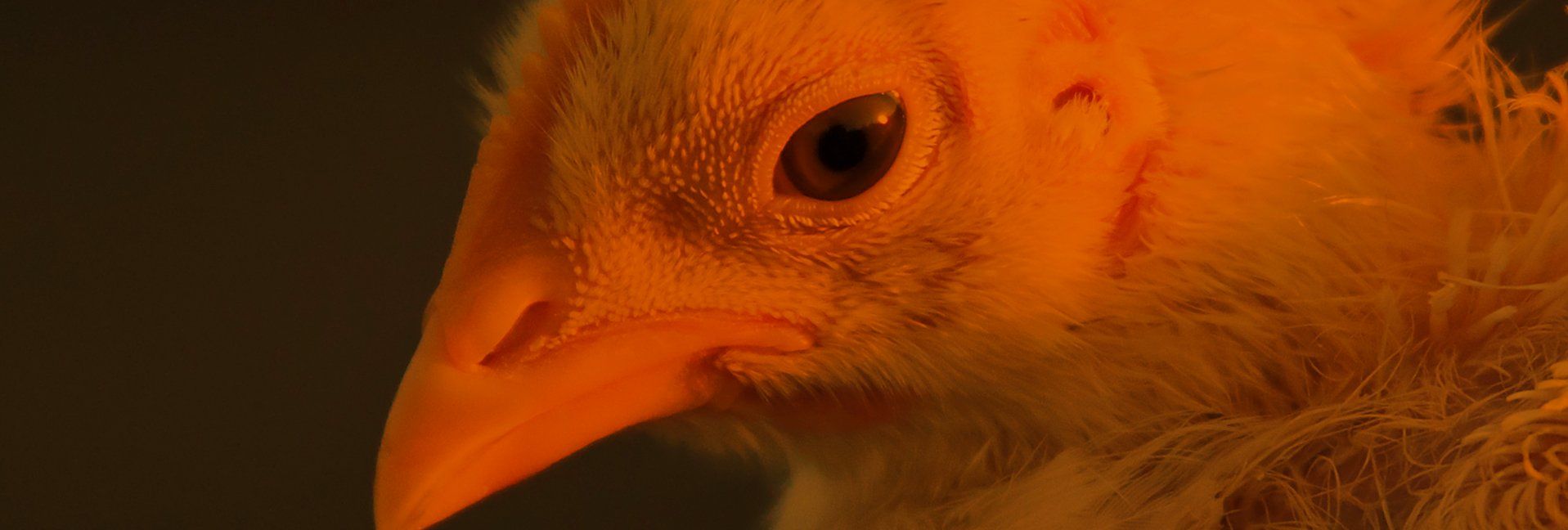Preparing for Highly Pathogenic Avian Influenza


Tips and resources for poultry owners
During the fall and winter of each year, migratory waterfowl—like ducks and geese—move southward into North America to avoid the frigid Canadian and Arctic winter weather. In North America, the migration of these waterfowl follows one of the four “flyways:” the Pacific, Central, Mississippi and Atlantic.
Along with the birds, this migration also moves any diseases that they may be carrying. One of these viruses that is endemic in waterfowl is avian influenza, or AI. In the Pacific Flyway, for example, it is estimated that approximately 5 to 20 percent (or roughly 300,000 to 1.2 million) of the waterfowl arriving in California each fall are "shedding," or spreading, AI. Maintained in the intestinal tract of infected waterfowl, affected birds can shed the virus in their feces for approximately seven days after infection. Even more alarming, under certain conditions, the virus can remain viable for months in the environment. These factors underline that fact that in order to protect our flocks, we need to acknowledge that avian influenza is endemic in waterfowl, and they are the primary reservoir of the disease.
While the virus does not typically cause disease in waterfowl and other avian wildlife, certain strains of avian influenza can cause high mortality in domestic poultry. Consequently, it is important to mitigate contact between domestic poultry and waterfowl, including shared environments, in order reduce the potential for transmission of disease. Since we know the source of AI, this places the burden is on us to reduce the risk of transmission of disease to our domestic flocks.
Highly pathogenic avian influenza (HPAI) in North America
Between the winter of 2014 and the spring of 2015, an unprecedented outbreak of HPAI in the United States was observed which resulted in the depopulation of over 48 million chickens and turkeys—approximately 10- and 7-percent of our domestic layer and turkey flocks, respectively. While the majority of flocks affected were in the Midwest, there were also three confirmed cases in California. While not dangerous to humans, in each case the disease was introduced from wild waterfowl migrating along the Pacific Flyway. Because live infected birds can shed disease from both respiratory secretions and feces (as opposed to dead birds which do not shed virus), depopulating (or euthanizing) infected poultry is considered the most appropriate option to reduce the spread of HPAI to unaffected flocks.
What can you do to protect your flock?
Waterfowl are responsible for the introduction of avian influenza. However, poor biosecurity practices can both help amplify the virus and sustain the virus in the environment. It is also important to note that other avian wildlife, not just waterfowl, can transmit AI. Bio-security—preventing disease from gaining access to your farm and causing disease in your birds—is the most effective and, many would argue, the only way to effectively combat AI infection.
Here are some recommendations that can mitigate risk with respect to avian influenza transmission:
- Keep house birds away from open water sources. Discourage your birds from interacting with wild birds and vice versa by confining your birds to their coop/enclosure. If not possible, consider having a rigorous cleaning routine to prevent your birds from interacting with fomites (objects that may have viable virus on them) left behind by wild birds.
- Do not share or exchange animals, equipment or fed with fellow bird owners. At times, restricting access to your birds altogether may be necessary.
- If contact with waterfowl is made, thoroughly clean and disinfect all of the exposed clothing, shoes, and vehicles. This is crucial for preventing the spread of disease onto your farm. If you hunt waterfowl, this is a must follow practice.
- Have designated clothing and boots that stay on your farm Do not use these same clothes and shoes when traveling outside of your farm to avoid the potential to transmit disease. If you hunt waterfowl, make sure to keep all of your equipment and clothing separate from your domestic poultry.
- Always obtain birds from reputable, disease-free sources. When obtaining new birds, isolate them away from your other birds for 30 days before adding them into your flock. This will help to reduce the risk of introducing disease into the original flock.
- Purchase feed from clean, dependable suppliers. Store the feed in containers that are bird, rodent, and insect proof. Provide clean fresh water to your birds at all times.
- ast identification is essential toward controlling an outbreak of AI. If you have a high mortality event that can’t be explained by predators, immediately contact your veterinarian or relevant regulatory agency.
- Work with your personal veterinarian, state or federal veterinarian, local university, farm advisor, etc. Many of these resources are free and can help give you a better overview of conditions in your area.
You may realize that many of the above recommendations are relatively easy to accomplish without deviating from your flock and husbandry style. You may also realize that still other recommendations are not practical for your specific situation. From a philosophical angle, do the best you can with your resources and husbandry style: This will result in the incremental progress that can mean the difference between a healthy and a sick flock.
Remember, infectious diseases like AI can enter your flock several ways, including direct and and indirect contact with wildlife and fomites—non-living materials, like shoes and tires, that act as a vector to move disease onto your property. The more you maximize biosecurity practices, the lower the risk of your flock contracting infectious diseases that are often untreatable.
Are humans at risk?
While influenza A viruses (such as avian flu) can affect many mammals including humans, avian flu viruses do not normally infect humans. However, sporadic human infections with avian flu viruses have occurred, primarily in Southeast Asia. Contact with infected poultry was identified as a significant risk factor. At this point, no strains of Avian Flu have been shown to affect humans in North America. Even so, it is important that we maximize our efforts to mitigate exposure to our domestic poultry to also mitigate risk of potential infection.
Tags:Pitesky's Poultry

Chicken Whisperer is part of the Catalyst Communications Network publication family.












